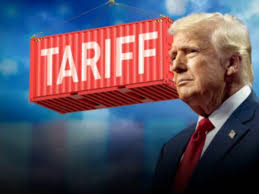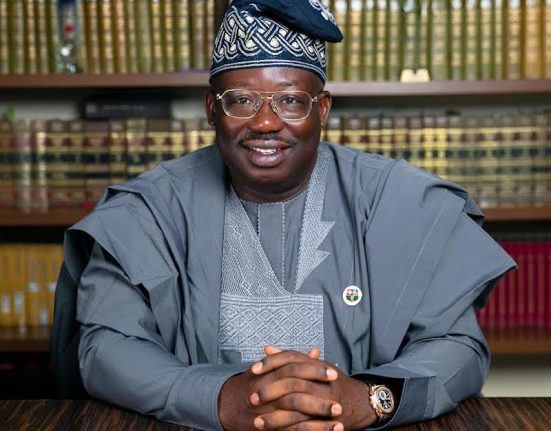As President Trump intensifies his “America First” trade agenda in 2025, trading partners are grappling with how to navigate a wave of new U.S. tariffs and unpredictable negotiating tactics. Since returning to office, Trump has imposed sweeping tariffs on aluminum, steel, cars, and a variety of imports from countries with trade deficits with the U.S., with rates ranging from 11% to 50%—and a universal 10% tariff on nearly all other imports. These measures have left allies and rivals alike pondering whether to placate Trump with deals that appear significant but, in reality, offer only modest concessions.
Some countries, like Colombia, have already yielded to Trump’s pressure after facing threats of 25% tariffs on all their goods, while others, such as the European Union, have opted for a mix of targeted retaliation and negotiation, including temporary pauses on retaliatory tariffs to keep dialogue open. Meanwhile, China has chosen outright retaliation, escalating the trade standoff with tariffs on American goods.
The uncertainty surrounding Trump’s tariff policy—whether it serves as a permanent revenue stream, a tool for bilateral bargaining, or a political lever for domestic gains—has made trading partners wary. Many are considering whether symbolic agreements might satisfy Trump’s demands without requiring deep structural changes, but there is widespread concern that superficial deals could invite further pressure or set a precedent for future negotiations.
With the U.S. Congress still debating the long-term direction of trade policy and Trump’s administration signaling more tariffs to come, global trading partners remain on edge, weighing the risks and rewards of fobbing off the White House with weak deals in an increasingly fraught international trade environment







